- Culture:
- What is the history and mission of the institution. How is the mission relevant today?
- Curriculum:
- More than a listing of majors and programs, what is the design and aim of the courses you will take over 4 years?
- Community:
- Who are the people, the physical spaces of campus and the relationship of the campus to the local environment?
- Conclusions:
- What should I envision for myself at the end of my college experience
- What are some of the outcomes I may expect?
These four Cs are good place to start when students are deciding what school they want to be a part of in the next chunk of their lives. As a prudent parent, I would go ahead and add a fifth C: Cost. It is a very necessary discussion to have!
All of a our students will find welcoming places around the world. As directed above, I encourage them to look beyond a course title, or school name when making that determination, and to ask: What will my day-to-day be like there? What will my classes actually be about? How will this program serve me in my future endeavors?
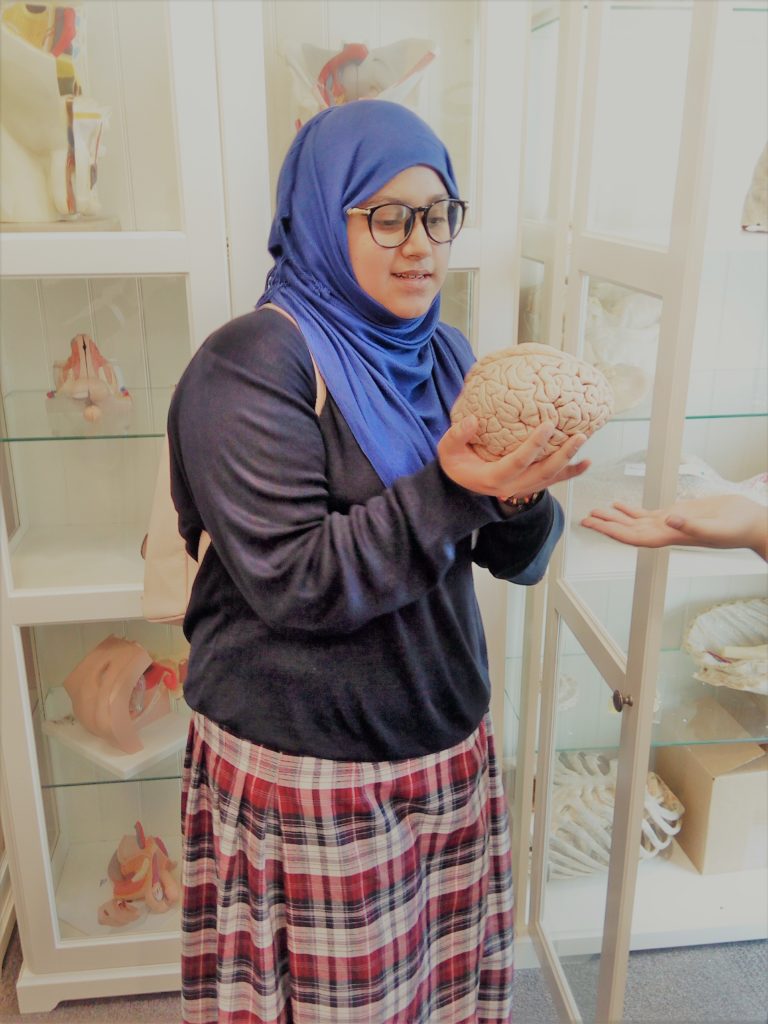
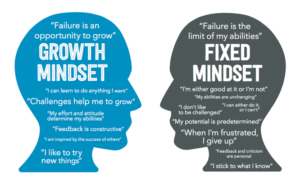






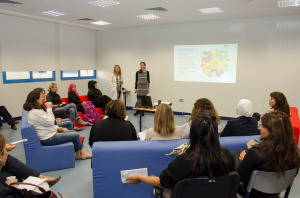
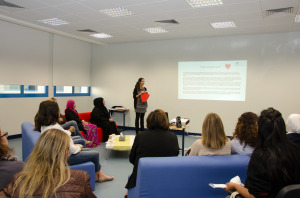

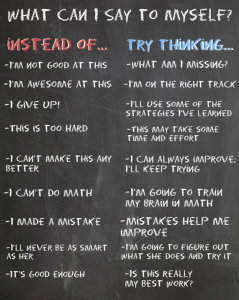
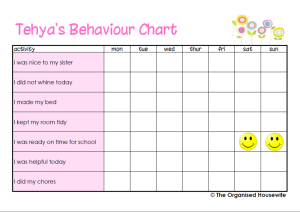

Recent Comments